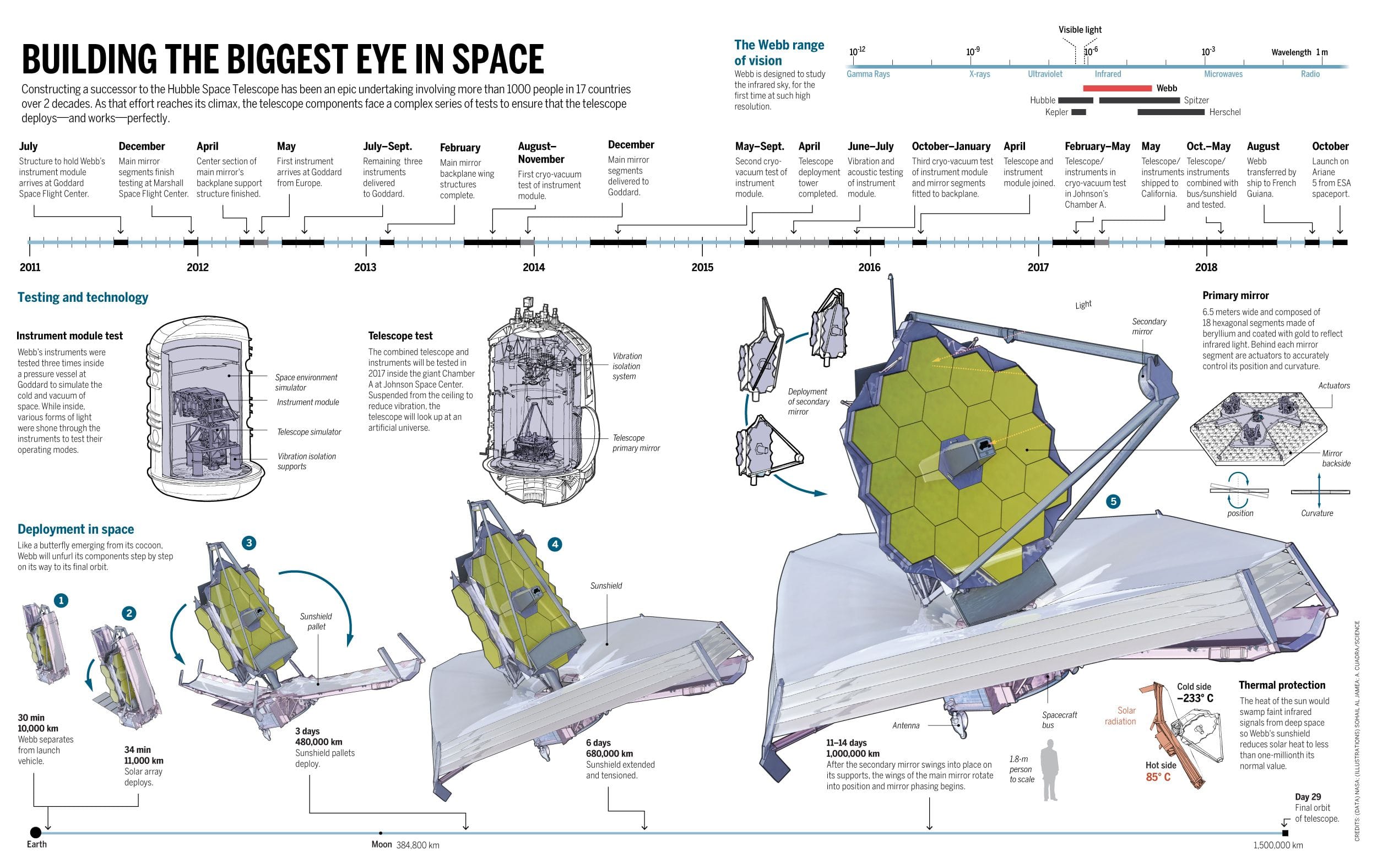An amateur paleontologist, whose identity is being withheld at their request, has made a significant contribution to paleontological research with the discovery of a remarkably preserved fossilized regurgitate dating back to the Late Cretaceous period, approximately 66 million years ago. The discovery was made during a routine fossil hunting expedition in a location that has not been publicly disclosed to protect the site and prevent potential damage or looting. The precise location is currently under review by relevant authorities and scientific experts. The fossil itself is a hardened mass of partially digested material, suggesting the remains of a creature’s last meal. Initial analysis indicates a complex composition, including fragments of bone, scales, and other organic matter. The size and consistency of the fossil suggest it originated from a relatively large animal, though the exact species remains unidentified at this time.
Scientists are currently utilizing various techniques to analyze the fossil’s contents. Microscopic examination is being employed to identify specific bone fragments and other organic remains, assisting in the identification of potential prey species. Isotopic analysis will provide further insights into the dietary habits of the predator and the environment in which it lived. Sophisticated imaging technology, including X-ray and CT scans, is also being utilized to create three-dimensional models of the fossil, allowing for a more detailed examination of its internal structure without causing further damage. This non-invasive approach is crucial in preserving the integrity of this rare and valuable specimen.
The discovery has generated considerable excitement within the paleontological community. The rarity of such well-preserved regurgitates provides a unique opportunity to learn more about the feeding behaviors, dietary preferences, and overall ecology of Late Cretaceous animals. Such findings offer a more complete picture of the ancient ecosystem than skeletal remains alone can provide. The analysis of the regurgitate’s contents could reveal information about the predator-prey relationships within this ancient ecosystem, potentially identifying previously unknown species or interactions. Furthermore, the geological context of the discovery—the specific rock layer and associated fossils—will provide crucial information about the environment in which the animal lived.
The amateur paleontologist involved in this discovery has demonstrated the significant contribution that dedicated individuals can make to scientific understanding. Their careful excavation and responsible reporting of the find are exemplary practices within the paleontological community. The ongoing analysis of this exceptional fossil holds the potential to rewrite aspects of our understanding of the Late Cretaceous period, offering invaluable insights into the lives and diets of the animals that roamed the Earth millions of years ago. This discovery underscores the importance of continued research and exploration in paleontology, highlighting the wealth of knowledge still to be uncovered. The team of scientists involved are working diligently and meticulously to extract as much information as possible from this remarkable find, ensuring its preservation for future study and research. The results of their work will be published in peer-reviewed scientific journals, ensuring the findings are subject to rigorous scrutiny and validation by the broader scientific community.


